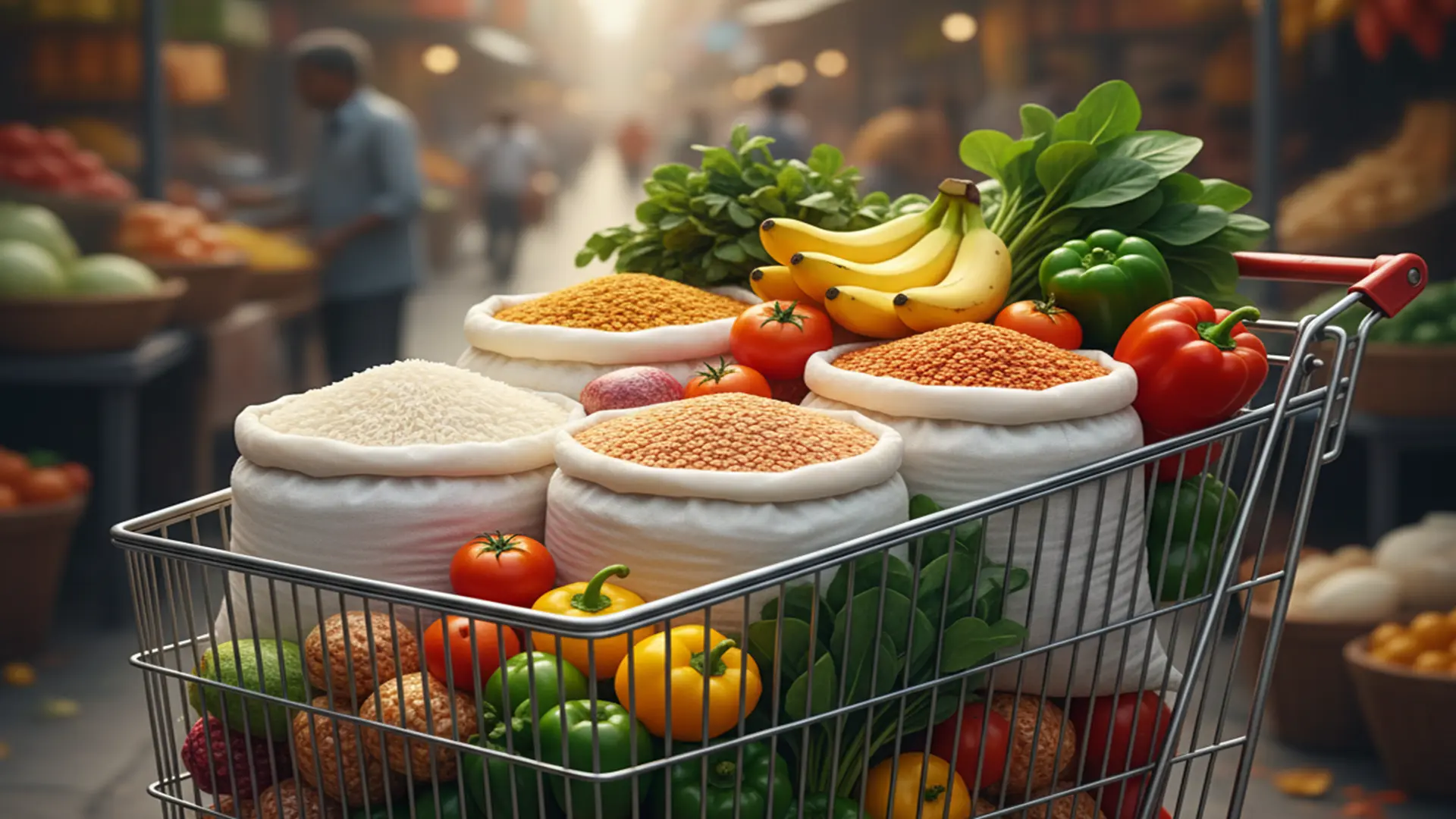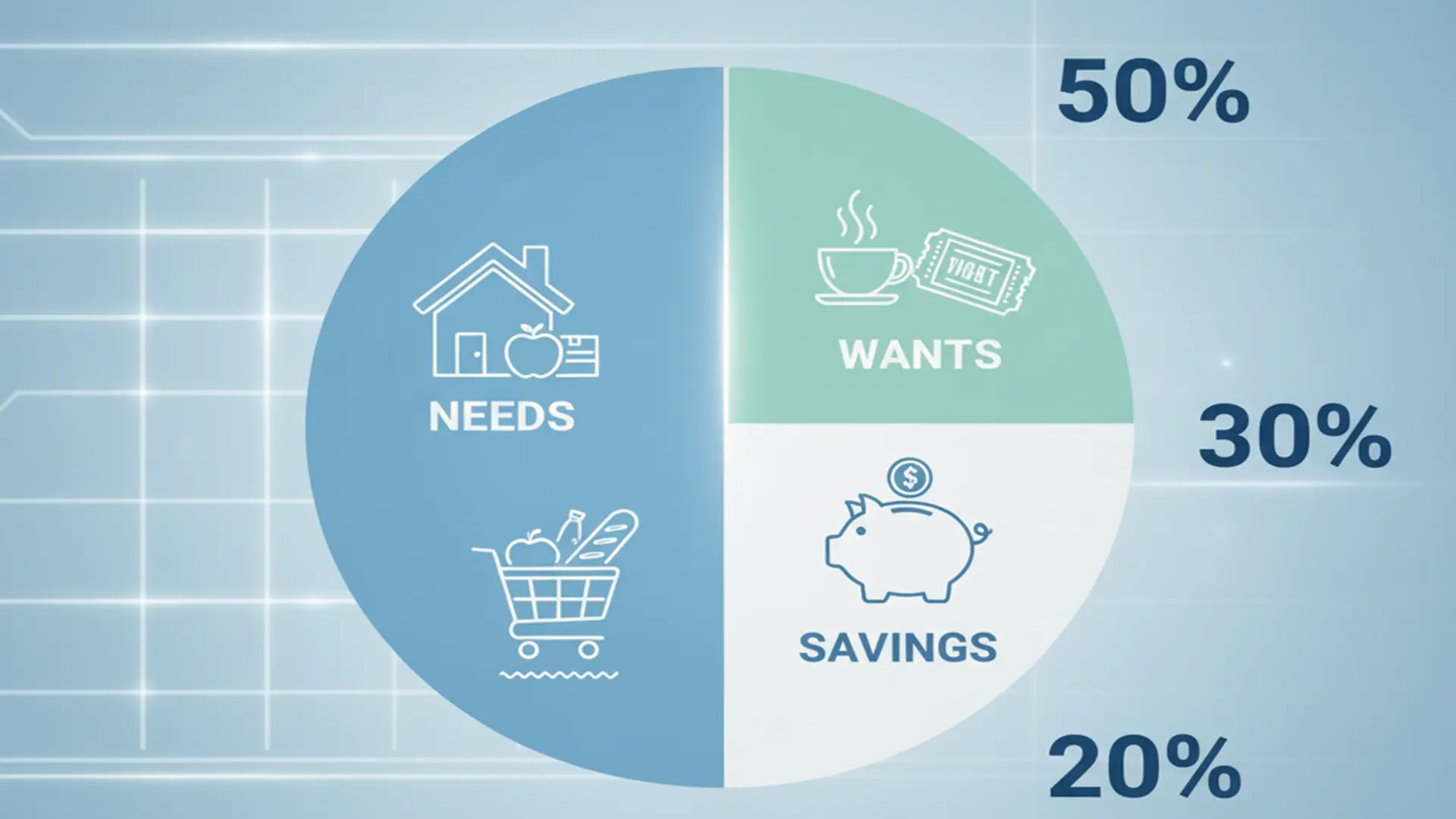The cost of groceries is the major monthly expense, and this is especially true for households with low incomes. As food prices continue to rise in 2025 the need to find ways to cut down on your grocery bill is now more essential than ever. Making small changes to how your shopping and planning your meals can make your budget more flexible which will allow to save or for other necessities. This article provides 20 useful and easy tips to reduce cost of groceries without sacrificing nutritional. When you shop at local markets or at the supermarket These strategies can assist you in saving.
Why Saving on Groceries Matters
Food is essential however, overspending on food can put a strain on budgets. For families with lower incomes, groceries typically account for between 20 and 30 percent of the monthly costs. A study in 2025 revealed that Indian households are spending an average of Rs5,000 to Rs7,000 each month on food items. Reduced costs free funds for savings, rent or debt repayment.
Saving on groceries doesn’t mean compromising on quality. With smart shopping habits, such as creating meals, or shopping bulk, will ensure that you’re eating healthy and spend less. These suggestions are designed to be simple to follow even if new in budgeting. Let’s look at 20 ways to help your budget stretch more.
20 Practical Tips to Save on Groceries
1. Plan Your Meals Weekly
Meal planning helps you avoid impulse purchases. Make a list of meals planned for the week and purchase only what you really need. For example, plan dishes like dal-rice or veg curry to use affordable staples. Go through your pantry first in order to ensure that there aren’t duplicates. This can save you Rs500-Rs1,000 per month.
2. Make a Shopping List
Create a list that is of your meals and adhere to it. A checklist helps you stay focused and helps you avoid the needless purchases. Apps like AnyList, popular in 2025, can help organize your list. This can cut impulse spending by as much as 15%..
3. Shop at Local Markets
Markets that are local to India usually offer more fresh vegetables at a cheaper price than supermarkets. For example, the vegetables sold at mandis are typically 20% to 30 percent less. Check out the store at night for discounts on perishable items.
4. Buy in Bulk Wisely
Buy non-perishables such as rice, spice, or dal in large quantities. Wholesale shops or kirana stores provide better prices for large quantities. Make sure you have enough storage space in order to prevent any waste.
5. Choose Seasonal Produce
Seasonal fruit and vegetables are more affordable and are more fresh. In 2025, vegetables from monsoon like bhindi or pumpkins are less than items that are not in season. Be sure to check local market trends to find the most affordable prices.
6. Compare Prices Across Stores
Prices differ between stores. Compare prices in supermarkets and kirana stores as well as online platforms such as BigBasket. A study in 2025 found that the online grocery apps could save 10% by offering discounts.
7. Use Loyalty Programs
Many stores and apps provide discounts or loyalty points. For instance, DMart’s reward program in India offers cashback on regular purchases. You can sign up and save between Rs200-Rs500 per month.
8. Use Loyalty Programs
Numerous stores and apps provide discounts or loyalty points. For instance, DMart’s rewards program in India provides cashback for frequent purchases. Join to save between Rs200 and Rs500 each month.
9. Cook in Batches
Cook large quantities of food such as curry or khichdi, to last for a few days. This cuts down on cooking expenses and helps to save time. Be sure to store food safely so that it doesn’t spoil.
10. Limit Meat Consumption
The cost of meat is higher than plant-based proteins such as paneer or dal. Reduce the amount of meat you consume to once a week in order to save around Rs1,000 per month. Consider protein sources that are affordable, such as eggs.
11. Check Unit Prices
Compare the prices per liter or kilogram Not just the size of the bag. Smaller packs can be less expensive per unit. This practice can save 5 to 10 percent on staples such as flour or oil.
12. Shop Less Frequently
Less trips can reduce impulse purchases. You can shop once or twice per month for non-perishable items. Make a plan for weekly purchases of fresh goods to remain within your budget.
13. Use Cashback Apps
Apps such as Paytm and Amazon Pay offer cashback on groceries in 2025. Connect payments and earn between Rs100 and Rs300 per month. Always verify the eligibility of terms.
14. Grow Your Own Herbs
You can plant mint, coriander or even chillies, at your own home in pots that are small. It will save you between Rs50 and Rs100 per month. It’s simple and requires little space.
15. Avoid Shopping Hungry
The urge to buy things such as snacks. Have a meal prior to shopping so that you can stick to your shopping list. This could save you 200 rupees per journey.
16. Buy Generic Brands
Store brands tend to be 20% to 30% less expensive than the names brands with the same quality. For instance, the generic oil or atta saves the equivalent of Rs100-Rs200 per month.
17. Use Leftovers Creatively
Turn leftovers into new meals, like using rice for pulao. This helps reduce waste and can save the equivalent of Rs300 to Rs500 per month. Create recipes that incorporate every ingredient.
18. Profit from Sales
Stock to stock up on non-perishables at festivals or during discounts. For instance, Diwali 2025 sales may give 20% off on the staples. Don’t overbuy perishables.
19. Learn Basic Cooking Skills
It is cheaper to cook from scratch than eating ready-to-eat meals. Learn the basics of cooking such as Sabzi or roti to save anywhere between Rs500-Rs1,000 per month. YouTube tutorials are completely free and suitable for novices.
20. Track Your Spending
Track your grocery spending using a budgeting application such as MoneyView. Check your spending every month to find out if you are excessive spending. It will help you remain within your budget of Rs5,000 to Rs7,000.
Implementing These Tips
Start by learning a few tricks such as the planning of meals and creating lists, in order to identify immediate savings. As you progress, add other tips, like shopping in bulk or cashback apps. Monitor your progress to keep you inspired. For households with low incomes, even 500 dollars saved each month can be used to fund the emergency account or repay debt. Combining this strategy with other government programs such as grain ration cards that provide subsidized grains to increase savings.
Conclusion
Making savings on food is feasible with small, deliberate adjustments. These 20 tips ranging from shopping for meals to purchasing seasonal fruits and vegetables can help low-income families extend their budgets. With a smart shopping approach and eating well, you will be able to enjoy a healthy diet lessen stress, and use savings for other purposes. Begin by implementing one or two strategies now, and then build from there. Your bank account and your future self will be grateful.
FAQ
Q: How much can I save using these grocery tips?
A: Depending on your habits, you can save ₹500–₹2,000 monthly by planning meals, buying in bulk, and using discounts.
Q: Are local markets always cheaper than supermarkets?
A: Often, yes, especially for fresh produce. Compare prices, as supermarkets may have better deals on packaged goods.
Q: Can I save on groceries without sacrificing nutrition?
A: Absolutely. Focus on affordable staples like dal, rice, and seasonal veggies, which are nutritious and budget-friendly.
Q: How do I avoid food waste when buying in bulk?
A: Store properly, buy only what you can use, and plan meals to consume perishables first.
Q: Are cashback apps safe for grocery shopping?
A: Reputable apps like Paytm or Amazon Pay are secure. Check reviews and privacy policies before linking accounts.










